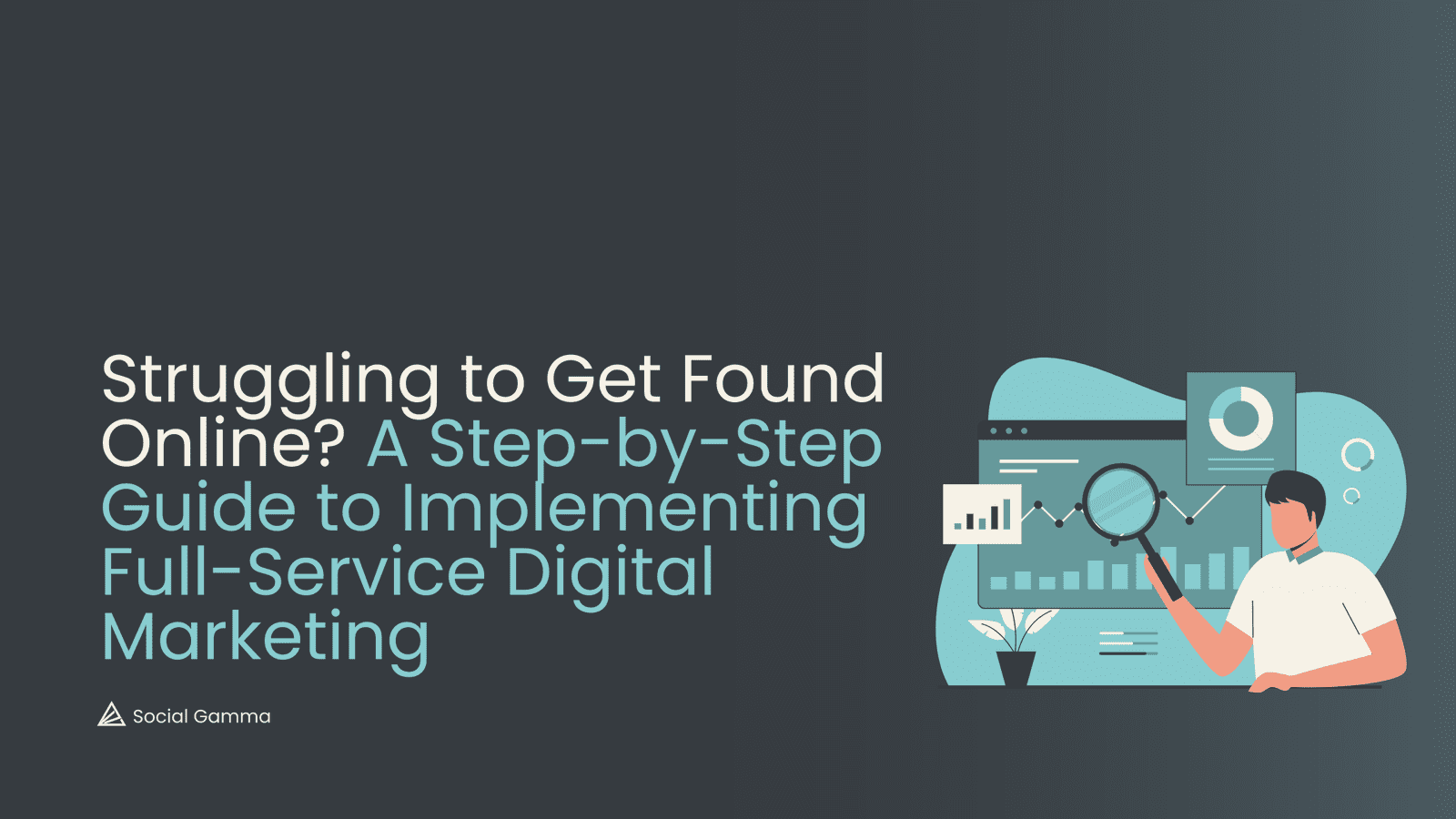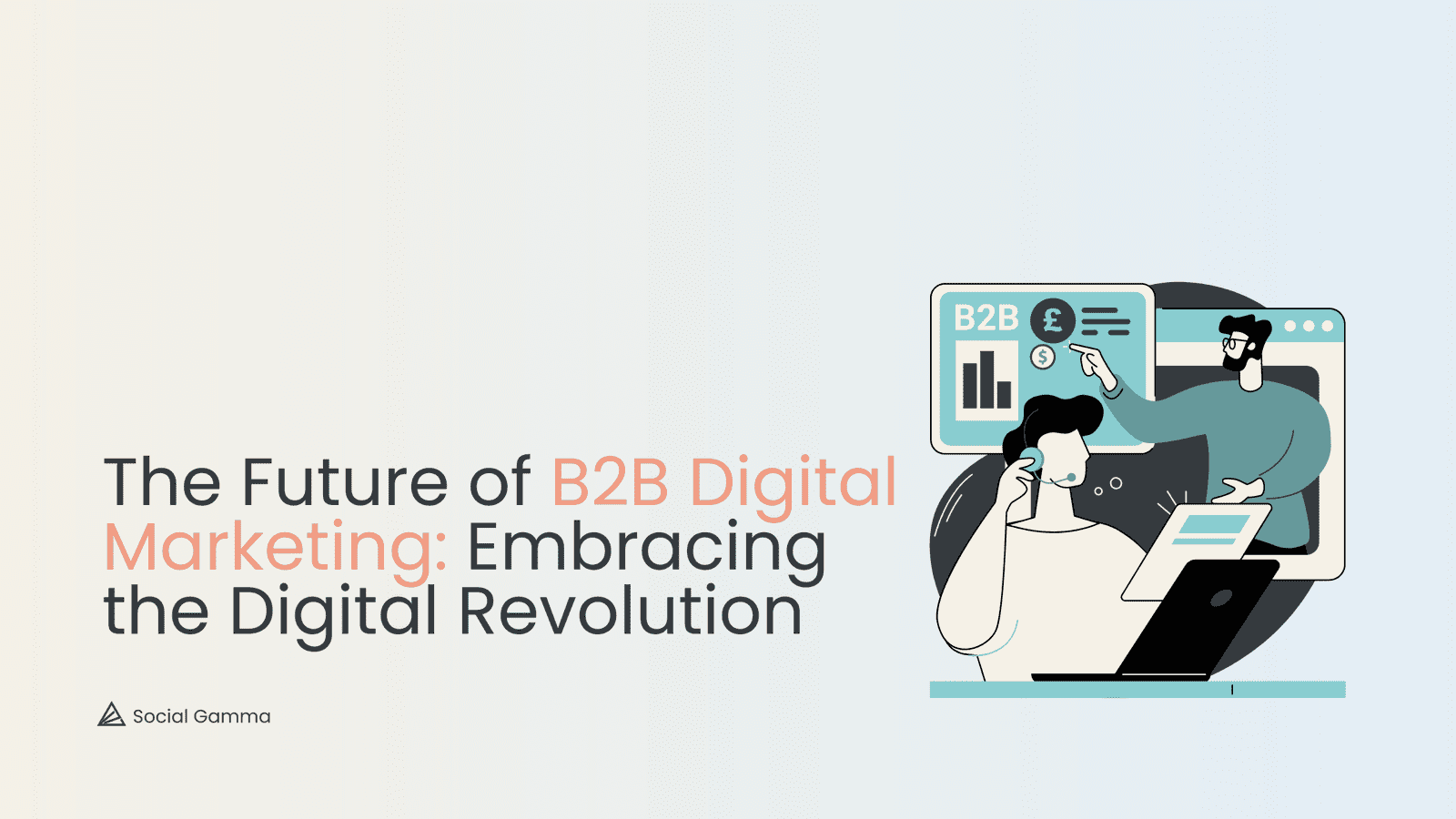Your website’s user experience or simply ‘UX’, undoubtedly forms the heart of your website, as it determines every interaction that visitors have with your content.
However, the question remains: aside from the fundamentals of intuitive navigation and responsive design, how do we ensure a superior UX that not only keeps visitors engaged but also encourages them to return?
This is where the integration of certain strategies becomes vital, as they allow for a richer, more connected user experience.
Contents
1. Making the Most of Micro-interactions
Micro-interactions, though subtle and often overlooked, play a pivotal role in enhancing user engagement and satisfaction. They are the small design elements that users interact with as they navigate a website or an app. These could be as simple as a color change when a button is pressed, or a subtle animation when data is loading. Incorporating thoughtful and engaging micro-interactions can elevate the user experience in various ways:
- Feedback: Micro-interactions can provide instant feedback to the user, affirming their actions on the site.
- Guiding Users: They can subtly guide users through their journey on the site, making the process intuitive and fluid.
- Adding Delight: Well-designed micro-interactions can add an element of delight, making the user experience more enjoyable and memorable.
2. Data-Driven UX Design
Data-driven UX design is an approach that calls for the use of metrics, user feedback, and analytics to guide design decisions. This strategy ensures the design is rooted in real user behavior and needs, instead of mere assumptions. Here’s how data can drive UX design:
- A/B Testing: This allows you to compare two versions of a webpage, app, or other user experience to determine which performs better.
- Heatmaps: Visual representations of data where values are depicted in colors. They can show you where users have clicked on a page, how far they’ve scrolled, or what sections attract the most attention.
- User Journey Analysis: This involves assessing the path a user takes through your site, identifying any points of friction, and optimising for a smoother journey.
Embracing both microinteractions and data-driven design in UX can lead to more engaging, satisfying, and effective user experiences.
3. UX Accessibility is Key
Ensuring accessibility in UX design allows for a wider audience reach and a more inclusive user experience. This involves:
- Color Contrast: Crafting your website’s color scheme with consideration for users who may be color blind or visually impaired. High contrast between text and background colors can enhance readability.
- Alt Text for Images: Providing alternative text descriptions for images can allow visually impaired users to understand the content displayed in graphics.
- Keyboard Navigation: For users with motor difficulties, enabling navigation via keyboard rather than mouse can vastly improve their browsing experience.
4. Embrace Minimalism
A minimalist approach to UX design can significantly improve the user experience by reducing clutter and focusing attention on key elements. Key points to embrace are:
- Clear and Simple Navigation: A simple and intuitive navigation menu minimises user effort and enhances usability.
- White Space: Generous use of white space can improve readability and make your website feel open and modern.
- Focus on Essentials: Prioritise essential content and features to avoid overwhelming users with too much information all at once.
5. The Power of Storytelling
Storytelling can profoundly impact the user experience. By creating an emotional connection, you engage users on a deeper level. This can be achieved through:
- Compelling ‘About Us’ Pages: Narrate your brand’s formation and its journey, imbuing your brand with personality and history.
- Blogs: Sharing stories related to your brand, products, or industry can create interest and drive user engagement.
- Product Descriptions: Instead of just listing features, tell a story to make your product descriptions more compelling.
6. Personalised UX
Tailoring the user experience based on individual behavior, preferences, and demographics can significantly enhance user satisfaction. Personalisation can take many forms:
- Product Recommendations: Provide suggestions based on a user’s browsing history or past purchases.
- Custom Layouts and Content: Adapt your site’s layout or content based on the user’s preferences and behavior to offer a unique experience.
- Personalised User Journeys: Depending on user demographics and behavior, customise the path they take through your site, guiding them to relevant content.
Enhancing UX goes beyond aesthetics and functionality. It’s about creating a seamless, engaging, and personalised journey for your users that will keep them coming back for more. Remember, the ultimate goal of superior UX design is to delight your users at every touchpoint, fostering loyalty and advocacy.
Essential Tips!
- Prioritise usability above all else, as it’s essential for a positive user experience.
- Make sure the page loading time is fast to avoid frustration and possible abandonment.
- Invest in an intuitive navigation system that makes it easy to find relevant information on your website.
Key Takeaways
To sum up, enhancing your website’s user experience involves the following key points:
- UX enhancement is a continuous journey of discovery, testing, and refining.
- An unwavering focus on users, their specific needs, and their changing behavior patterns is crucial.
- It’s important to realise that user requirements are not static; they evolve as users adapt to the rapidly transforming technological landscape.
- Investing in superior UX is not a luxury, but a strategic decision that, in the long run, reaps significant rewards such as increased user engagement and improved conversion rates.
- Every step taken to optimise UX, whether it’s making your site more responsive or integrating well-designed Call-To-Action (CTA) buttons, is a stride towards achieving your business objectives.
- Persistence and continuous learning are vital in the pursuit of excellent UX. It’s not a sprint, but a marathon.
The entire process itself is understanding user behavior and adapting your products or services in order to meet your customers ever-evolving needs.
This is what great UX design is all about – creating an experience that resonates with users on a deeper level.
By taking this holistic approach to design, and by committing to ongoing user feedback and testing, you can ensure the long-term success of your digital projects.
About us
At Social Gamma, our digital marketing solutions merge empowerment and expertise, driven by meticulous analysis and unrivaled insights that breathe life into your aspirations.
We embrace the art and science of digital marketing, combining data-driven strategies with human insights to create impactful campaigns that leave a lasting impression.
We’re big enough to achieve, but small enough to care.
Do you want to know more?
If you found this article interesting and useful, follow us on our social media channels to stay updated with our weekly digital marketing insights.
If you want to learn more about our services then contact us!


